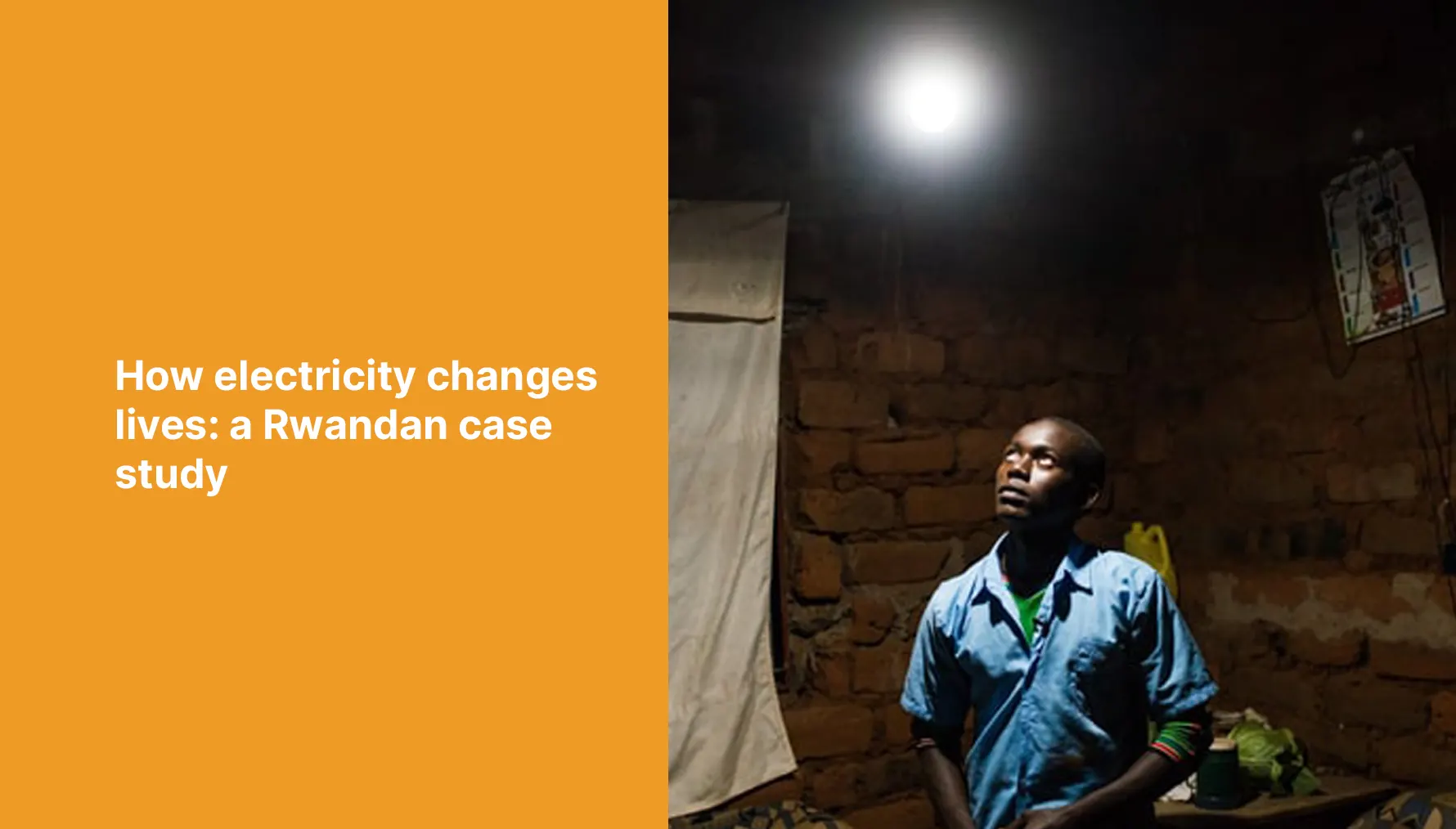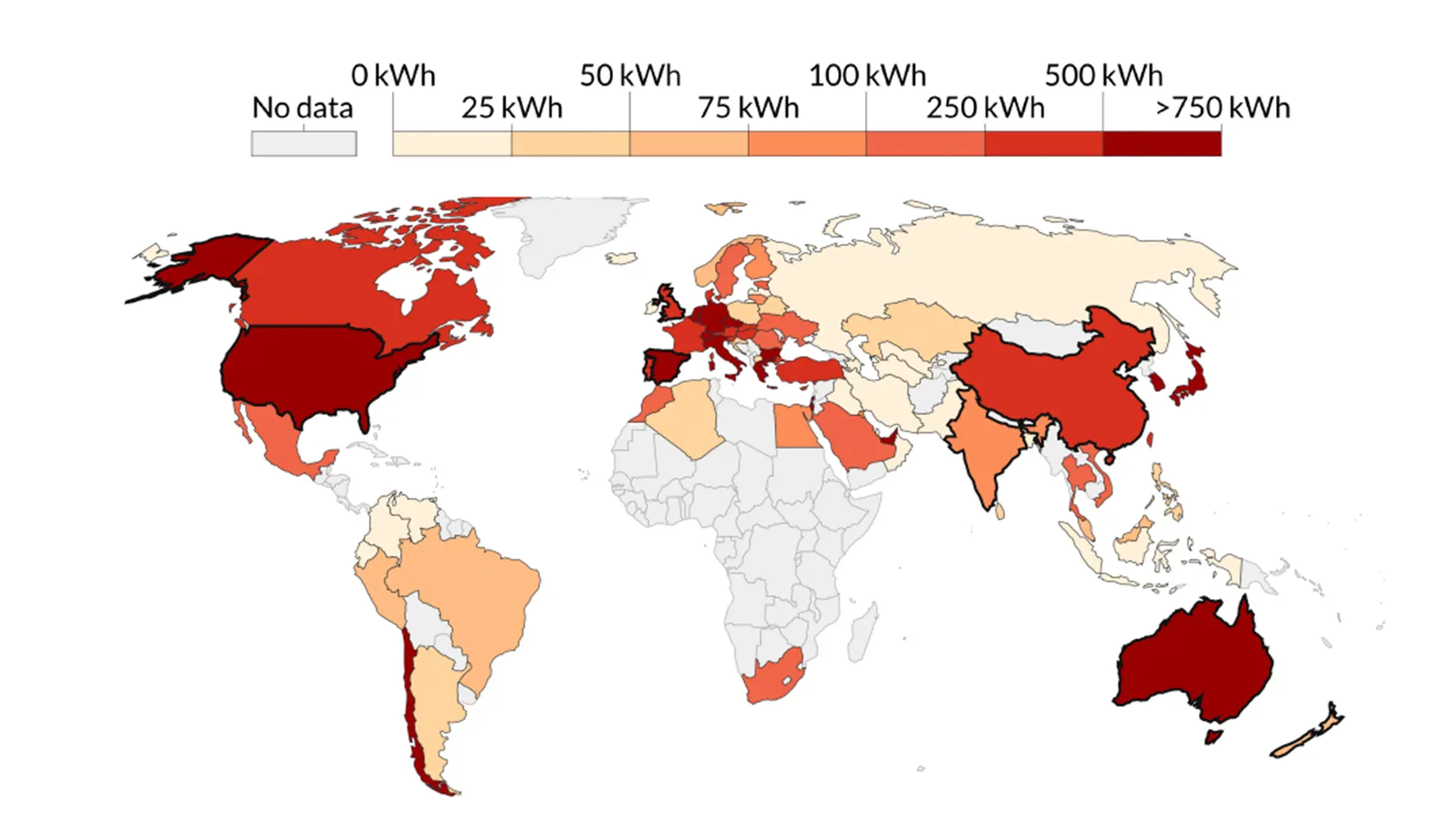How electricity changes lives: a Rwandan case study

More than 1.1 billion people in developing countries lack access to electricity. Some 590 million live in Africa, where the rural electrification rate is particularly low at only 14 per cent.
A lack of access to electricity hampers development. It affects everything from people’s ability to learn to the creation of enterprises and the provision of public services like health care. This lies behind the United Nation’s goal of countries achieving universal access to electricity by 2030.
But the investment requirements to meet this goal are enormous. According to the International Energy Agency investments worth $640 billion will be needed if the UN goal is going to be met. About $19 billion is required every year in sub-Saharan Africa alone.
In spite of the importance of electrification, little evaluation has been done on the socioeconomic impact of investments into providing power. We set about plugging this gap in our paper that focuses on Rwanda. We looked at the effects of electrification on households, firms, health centres and schools in rural areas.
Rwanda has implemented one of the most comprehensive electrification programmes in the world. In 2009 only 6 per cent of Rwandans had access to electricity. The government’s aim is to lift this to 70 per cent by 2018.
We studied the connection behaviour and electricity consumption patterns of households and looked at socioeconomic outcomes—such as education, income and health. We also explored the effects of electrification on the uptake of appliances as well as on rural firms and on health centres.
We found that electrification had wide-ranging effects on the living conditions of households whose daily lives were made easier on a range of fronts. We also found that the supply of power had some positive effects on certain businesses and clinics. Overall, our research confirms the importance of electrification has for the rural poor.
Yet, in our final analysis we had two major reservations. The first was that the provision of electricity hadn’t significantly improved the economic lives of people—which is often used to justify the massive costs involved in expanding the grid to all areas of the country.
The second insight was that, given people’s very low levels of consumption (households consume on average around 2 kWh per month per person which is less than 6% of the electricity an average US-American consumes per day), it would make much more sense to extend electricity coverage by promoting off-grid solutions such as solar. This would lead to governments and citizens getting much more bang for their buck.
These reservations aside, our research showed how electricity in the home changes lives, sometimes in the most unexpected ways.

In the map we see differences in per capita energy use; this is inclusive of all dimensions of energy (electricity plus transport and heating). There are several important points to note. Firstly, there are large inequalities in energy consumption between countries. The average US citizen still consumes more than ten times the energy of the… Continue reading Per capita energy consumption varies more than 10-fold across the world
December 1, 2022 Read More